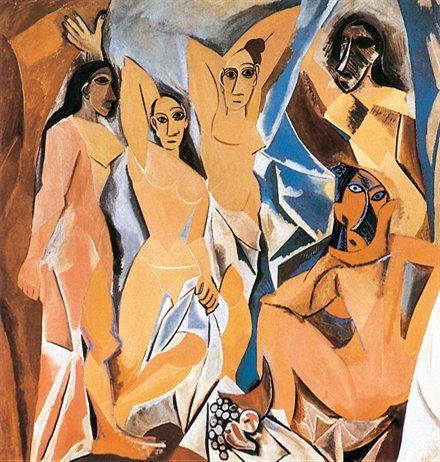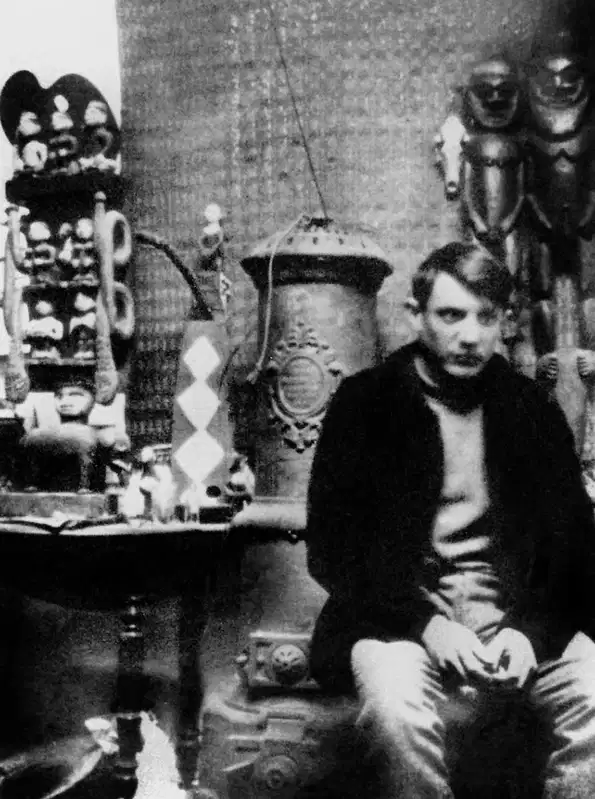How African are Les Demoiselles d’Avignon?
Alain Moreau, a 75-year-old French art collector living in Spain, calls himself an “art detective.” For three decades, he has investigated the origins of Picasso’s path-breaking 1907 painting Les Demoiselles d’Avignon, widely seen as a turning point from realism to abstraction.
In a recent article in the Bulletin of the Royal Catalan Academy of Fine Arts Sant Jordi, Moreau challenges the long-standing belief that African masks inspired the painting’s angular, distorted faces. Instead, he argues that Picasso drew from medieval Iberian frescoes.
Picasso himself denied being influenced by African art when creating Demoiselles. In 1920, he said bluntly, “Black art, I don’t know it.” In a 1937 conversation with the writer André Malraux, he dismissed the idea further:
In the Demoiselles d’Avignon I painted a profile nose into a frontal view of a face. I had to depict it sideways so that I could give it a name, so that I could call it ‘nose’. And so they started talking about Negro art. Have you ever seen a single African sculpture—just one—where a face mask has a profile nose in it?
Yet Picasso has expressed admiration for African art. He described a visit to the Trocadero Museum of Ethnology in Paris while working on Demoiselles:
A smell of mold and neglect caught me by the throat. I was so depressed that I would have chosen to leave immediately. But I forced myself to stay, to examine these masks… And then I understood what painting really meant. It’s not an aesthetic process; it’s a form of magic… a means of seizing power by imposing a form on our terrors as well as on our desires.
Moreau insists that Picasso’s “African period” began only after he finished Demoiselles in 1907. By retracing a trip Picasso took through Spain in 1906, Moreau believes the painter found inspiration from frescoes in two Catalonia churches. According to ARTnews, these frescoes—popular among Catalan intellectuals at the time—share traits with Demoiselles, including facial markings, sharp geometry, and vivid colors.
“I actually go against history,” Moreau told La Vanguardia, a Spanish newspaper. “When I see something that’s being talked about a lot, but it doesn’t add up or there are different versions, I get to work, looking for clues, trying to connect the dots, and at some point, when I find a weak point, I pull on the loose end…”

